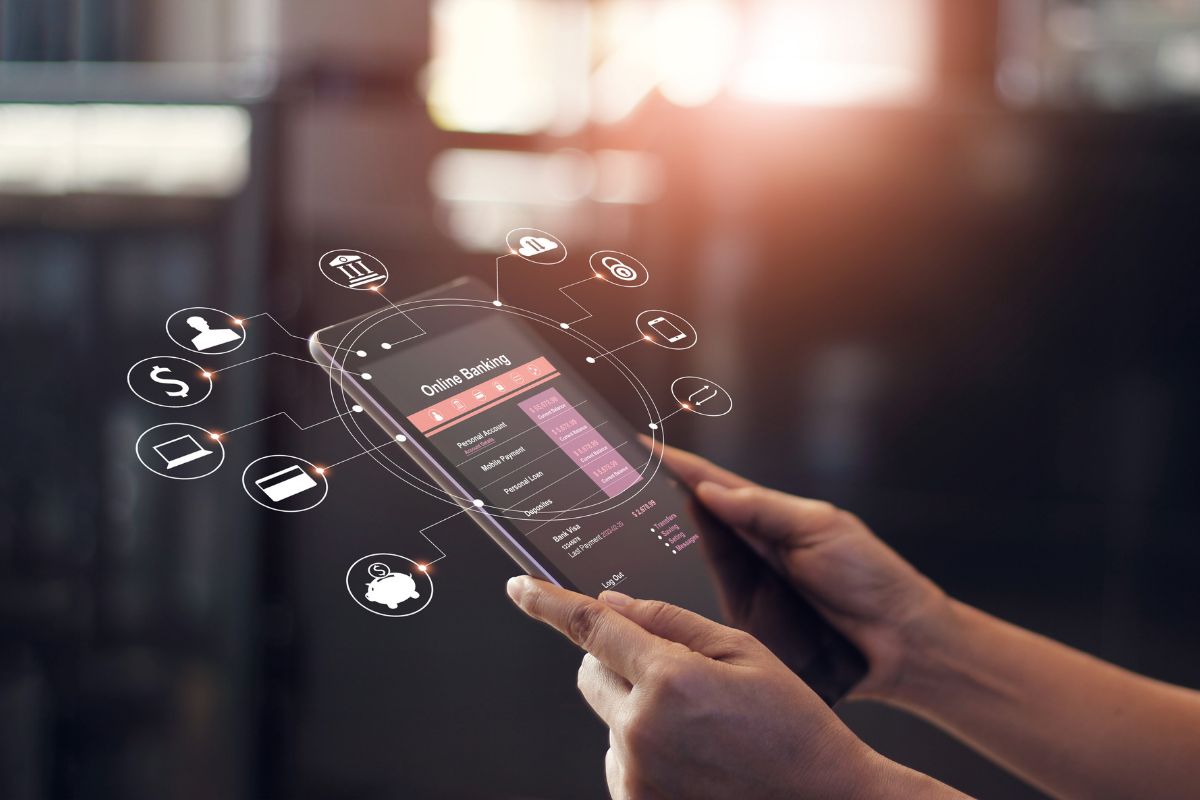
e-RUPI was launched yesterday by India’s Prime Minister, Shri Narendra Modi. e-RUPI has a very simple task to serve in India - help financially struggling people. Note that it is an end-to-end digital currency solution that has been created by the Indian government for the welfare of society. However, it can have much larger use cases than just to help people, but there are also some threats that surround it. Let’s understand what is e-RUPi and how it can help you.
What is e-RUPI?
e-RUPI is a cashless and contactless financial instrument which is developed by the National Payments Corporation of India (NPCI). The e-RUPI is based on a QR code or SMS based e-voucher system that will be delivered directly on the smartphone of the beneficiary. The beneficiary can then redeem the e-voucher or the code by going to the government authorised service provider.
Initially, Prime Minister Modi said that users could use the e-RUPI against healthcare services. If there are people who want to get vaccinated and have to pay a certain sum of money against that, the government will issue them e-RUPI on their registered numbers which they can use to pay for the vaccination.
Note that e-RUPI can only be redeemed against the services it is sent for. This will help the government in ensuring that the users are not wasting the e-RUPI on petty things.
How Can e-RUPI Help You?
The role of e-RUPI is very simple. It will help users make cashless transactions, and the government can directly send the e-voucher to the user’s smartphone. As noted by Prime Minister Modi, over time, e-RUPI can be used to pay for more services. It can be used to make donations, provide nutrition to the poor, and more. This is a big step from the Indian government in the digital currency domain.















